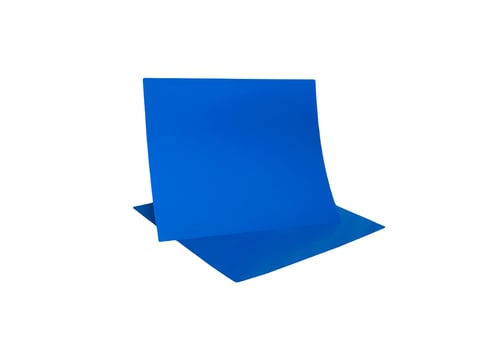
CTP plate-setting machine is composed of three parts: a precise and complex optical system, a circuit system, and a mechanical system. The single original laser beam generated by the laser is split into multiple beams (usually 200-500 beams) of extremely fine laser beams through multi-channel optical fibers or a complex high-speed rotating optical beam splitting system. The bright and dark features of the image information in the computer, after modulating the bright and dark changes of the laser beam, become a controlled beam. After focusing, hundreds of beams of micro-lasers are directly directed to the surface of the printing plate for engraving work, and after scanning the engraving plate, a latent image of the image is formed on the printing plate. After development, the image information on the computer screen is restored on the printing plate for direct printing by the offset printing machine. The diameter of each micro-laser beam and the light intensity distribution shape of the beam determines the clarity and resolution of the latent image formed on the printing plate. The smaller the spot of the micro-beam, the closer the light intensity distribution of the beam is to a rectangle (ideally), and the higher the definition of the latent image. Scanning accuracy depends on the mechanical and electronic control parts of the system. The number of laser beams determines the length of the scan time. The higher the number of microbeams, the shorter the etching time for a plate. At present, the diameter of the beam has been developed to 4.6 microns, which is equivalent to a printing accuracy of 600 lpi. The number of beams can reach 500. The time to etch a split printing plate can be completed within 3 minutes. On the other hand, the higher the output power and energy density of the plate beam (the laser energy generated per unit area, in joules/square centimeter), the faster the etching speed will be. However, excessive power will also have negative effects such as shortening the working life of the laser and reducing the distribution quality of the beam.

